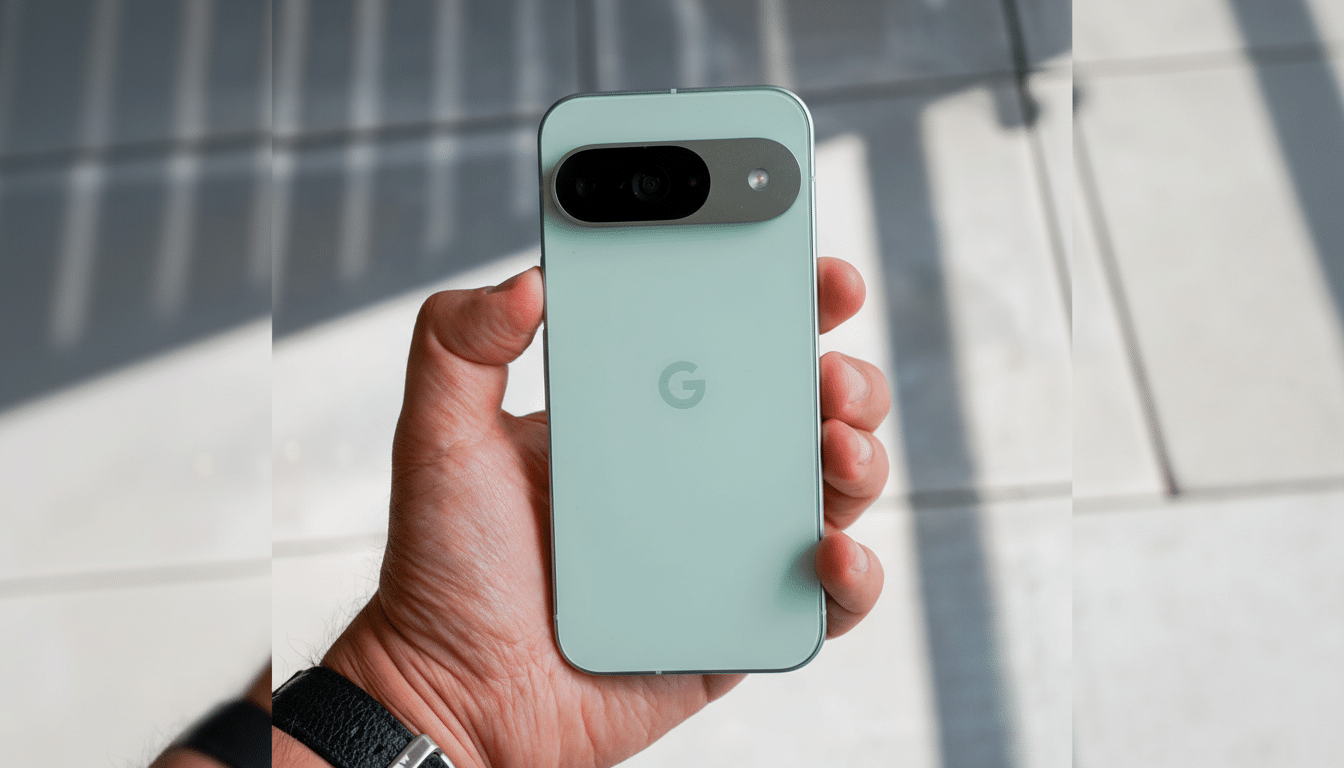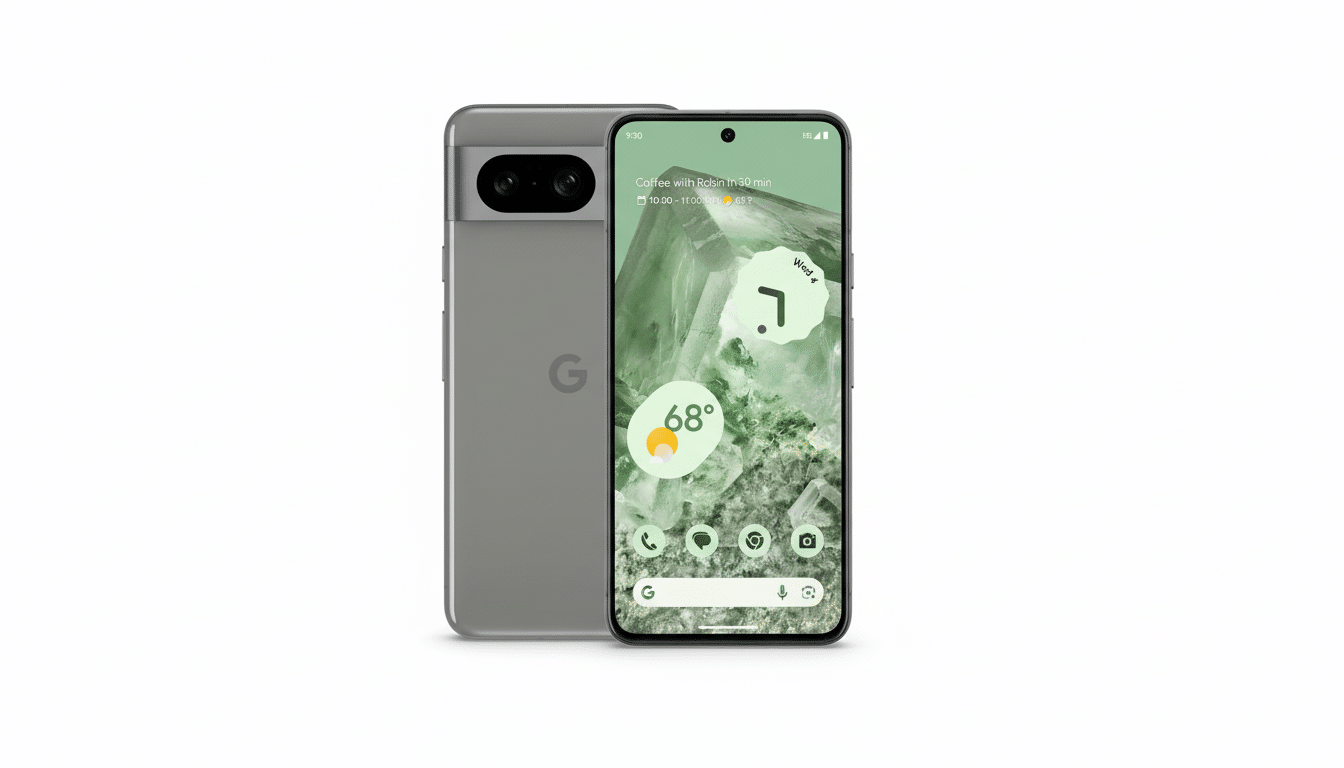Updated your Pixel and still can’t find the big features from that new Feature Drop? You’re not alone. A wave of early adopters is reporting that only cosmetic tweaks — and no marquee tools like Notification Summaries or a new Messages experience — are to be found. The divergence is not a mistake, but how Google ships.
Why Pixel Feature Drop capabilities arrive in staggered waves
Pixel Feature Drops are not a one-and-done iOS-style release. Google rolls out the base update and then slowly unlocks individual features over days or weeks. That phased strategy allows the company to measure crash rates, battery impact, and edge-case behavior across various Pixel models and networks before making it 100% available.
- Why Pixel Feature Drop capabilities arrive in staggered waves
- How server-side flags and app updates unlock Pixel features
- How carriers and regional rules can gate or delay new features
- Why a device exclusive on newer Pixels is not actually a delay
- How long the typical Pixel Feature Drop wait period usually is
- What to do now if your Pixel Feature Drop features are missing

This is the standard process throughout Google. The Android Developers documentation explains staged rollouts, which start with a small percentage and grow to the full audience, often beginning in the low single digits and adjusting based on how telemetry looks. It’s the same principle applied to system features: reduce risk, watch metrics, and then correct fast if one of them spikes.
There’s also sheer scale. Although Pixel’s installed base is small relative to Google’s broader Android ecosystem, industry monitors like IDC estimate that the company shipped around 10 million Pixel phones in 2023 — a record for the line. Flipping a switch on at scale can stress back-end services, particularly features that depend on cloud processing or real-time artificial intelligence.
How server-side flags and app updates unlock Pixel features
Many “Pixel Drop features” are not just baked into the OS image. Aside from a server-side flag to light them up, they commonly rely upon updated components such as Google Play services, the Google app, Android System Intelligence, Messages, or Maps. You can update the system all you like, then still be stuck waiting for the right app version and a server toggle before anything appears in your menus.
This is why some people only get a new theme pack or some wallpapers on day one. The stuff you see is the cosmetics that come up in the update, and then intelligence-adjacent features that just roll out without much noise. Routinely, in Pixel Community threads, we watch features roll out in waves: a few users get access, a larger cohort gets access within the week, and the rest of you after that as Google ramps the flag up globally.
A/B testing is also a reason you may have had a different experience than your friend that day with the same model. Google will frequently experiment to verify the app’s impact on UX, performance, or battery. If an experiment is doing poorly, it can roll it back without having to ship a full-blown emergency fix.
How carriers and regional rules can gate or delay new features
Carrier certification still does matter, even on unlocked Pixels. Functionality that involves telephony, RCS, emergency services, or network behavior may need explicit operator permission. Those tests can add weeks, and carriers in disparate markets approve updates on different schedules.

Regional limits apply too. Language models for summaries and transcription, legal requirements on call features — whether you need to record it in order to deliver a feature customers want — and local regulations around AI services all influence where a feature can launch. There’s a reason Google always says “rolling out over the coming weeks, by region and carrier” in its release notes.
Why a device exclusive on newer Pixels is not actually a delay
There are tools that are missing, and then there is another class of tool: those that aren’t late. Google intermittently restricts features to its latest Tensor-generation models, UWB models, or devices with certain camera or on-device AI capabilities. For instance, a feature may require the TPU throughput or memory bandwidth that is available only in the newest Pixels to support advanced on-device summarization or more advanced video capabilities.
These are hardware choices that represent tactical positions. Some exclusives filter down the line later after Google can optimize for models, while others stay as such based on older silicon that hasn’t been able to hit necessary latency or power targets.
How long the typical Pixel Feature Drop wait period usually is
Rehashing earlier Feature Drops and Google’s own guidance, wide release tends to happen within two to four weeks from the time it’s solidified, with some features arriving earlier and a few running longer on account of carrier or regional factors. Most community reports will demonstrate a 1% to 5% early cohort, growing quickly as long as metrics are green.
What to do now if your Pixel Feature Drop features are missing
Initially ensure that everything is up and running. Look for System Update in Settings, download and install the latest Google Play system update, then open the Play Store to update basics like Google Messages, the Google app, the Android System Intelligence support library (what a mouthful), Carrier Services, and anything else from Google.
Second, watch for server-side availability. You can power-cycle your phone, or toggle Airplane mode for a moment to refresh connections, but there is no good “force enable” switch for feature flags. If your carrier or region is gating a capability, the switch will not flip until permission has arrived.
Finally, manage expectations. The Feature Drop is a little more like a launch window than one single day. If there’s a headline feature that hasn’t yet landed, it probably will — once Google’s metrics indicate it can be used by all.

